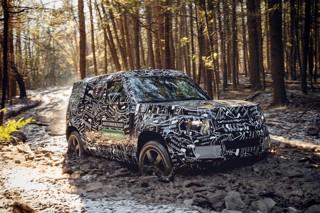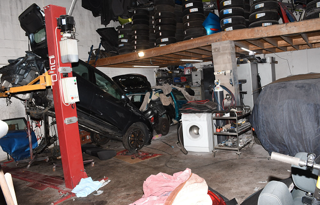The role of technology in the car buying process has been fraught with both opportunities and challenges for a number of years.
I remember an article on Brand Watch, back in 2016, which stressed the role that online research played in the decision-making process, with 38% of millennials (at the time) said to consult social media before signing on the dotted line for their new motor.
Some dealers were fearful of the ever-growing influence that digital marketing could have on consumers, whilst others embraced it.
Fast forward to 2019, and of course, the landscape has shifted significantly.
Around half of millennials are now reported to know what vehicle they want to purchase when they step into a dealership, but the numbers don’t just centre around these young buyers, as we know.
And people are no longer using tech just for initial research purposes either.
We only have to look at the growing interest in platforms like carwow to see that some consumers are comfortable choosing their perfect car, comparing the best offers to buy or lease, and going on to buy that vehicle as a result of their interactions with this website alone.
This isn’t for everyone of course – a report by Close Brothers Motor Finance revealed last year that almost four in five (79%) consumers bought their last vehicle via a dealership, against just 2% who purchased online.
But is that because they wanted to make the trip to speak to the dealer in person, or check the condition of the vehicle? Perhaps so, especially in the case of used cars. But in some instances, is it because they couldn’t get the answers they sought, from their online experience?
Use of online chat within the automotive sector is rising, which clearly shows the need for information – tailored to an individual’s particular query – on demand.
This hunt for immediacy is like nothing we’ve ever seen before, which makes it hard for a chat executive who is trying to manage four-to-five conversations simultaneously.
But it’s harder still when that chat exec goes home and the chat function is disabled.
What about people who are online on an evening? Or people who work shifts?
How many prospective customers lose interest because they don’t have access to the quality information they need, when they need it?
How many of these prospective customers could have translated into sales?
The savvier of dealerships are looking at automation to plug this communications gap.
They’re working with chat bot functionality to aid consumer discussions around not just their preferred car, but the whole buying process.
They’re even exploring how to integrate the finance elements of the sale.
This isn’t to say that the experience needs to become robotic however.
With clever AI, the chat bot can ‘talk’ to the consumer about their preferred model, colour and interior etc, and it can say: “We’ve got this, this and this”. But it can then offer that all-important choice that I eluded to above.
It can ask if the consumer wants to speak to someone, see the vehicle in the flesh, or start the ball rolling with an order. This process can be voice-activated too.
Integrate this with instant video technology and the opportunities become even greater still.
Just think how powerful it would be for a consumer to move seamlessly from a chat bot conversation, to a video call with a dealer (during working hours of course), so that they can physically show them the vehicle, live. Technology can now make this happen.
And before anyone starts to worry that robots are replacing people, this isn’t (usually) the objective. It’s about embracing automation to maximise success.
We all know that the top-performing dealerships are the efficient ones, who can maximise the number of people seen, without any detriment to the customer experience.
These dealerships would be horrified if they missed out on having conversations with 10% of the people who walked into their showrooms.
So why miss out on 12-to-15% of potential conversations – if not more – with people who want to engage online?
Author: Tim Mercer, chief executive, Vapour Cloud



















Login to comment
Comments
No comments have been made yet.